
Celebrating 7 years of The Narwhal — and gearing up for the next 7
Between a fresh take on engagement and our new life on video, our team is...
The cleanup was finally starting to move along.
It had been nearly a week since an enormous fire broke out at a chemical company in northwest Toronto. A week since a smelly, brown sludge from the site began surging into city sewers, then cascading into waterways.
The toxic goop was made of oil from the burnt building — owned by chemical distributor Brenntag — mixed in with firefighting foam and the untold litres of water used to douse the flames. As it trickled past neighbourhoods, city parks and golf courses, it killed wildlife and stained rocks.
The mucky runoff was flowing into Mimico Creek. The contaminants also drained into Humber Creek, a tributary of the larger Humber River. Both waterways lead to Lake Ontario, a source of drinking water for 9 million people. Containment and cleanup were the priority for crews acting on orders from Ontario’s Environment Ministry — and urgently.
The process hadn’t gone perfectly by any stretch. But by Aug. 17, 2023, six days after the spill started, things were moving along. Vacuum trucks were out sucking up millions of litres of the goop. Crews had installed temporary dams and booms along Humber and Mimico creeks, which create a floating barrier and are often wrapped in absorbent material to soak up some of the oil as well.
Rain was forecast to fall overnight, a prospect that left some uneasy. One local called the Environment Ministry to say as much: “Caller stated she has lived beside Mimico Creek for years, and notes that when it’s raining, the water levels rise by a foot,” a ministry staffer wrote in an incident report obtained by The Narwhal through freedom of information legislation.
“Caller stated she has seen the containment measures in place, and is concerned it won’t suffice ahead of tonight’s rain.”
But that evening, the Environment Ministry decided the spill was secure enough.
“The containment measures are sufficient in regards to the weather event,” the ministry noted.
They were wrong.
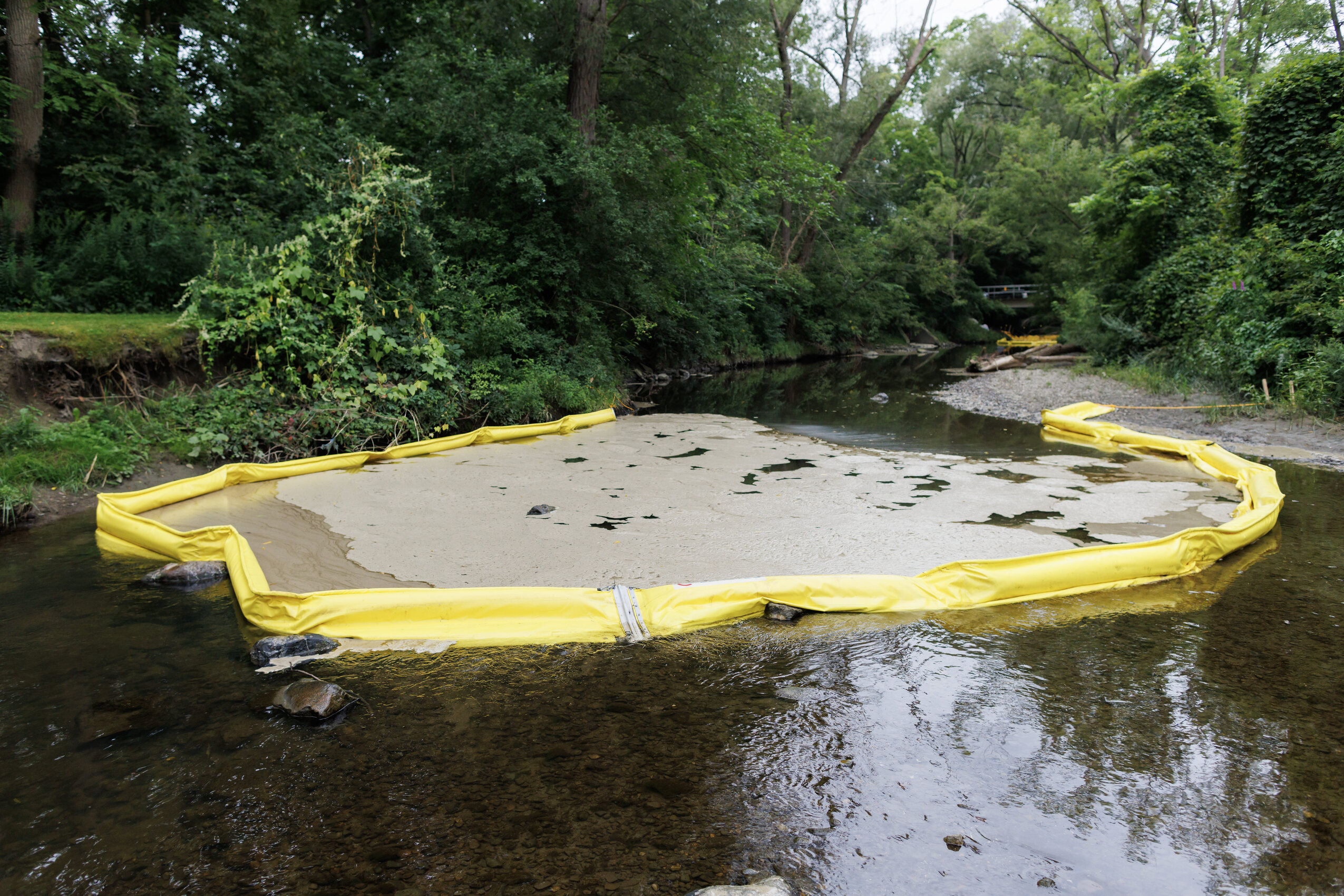
Hours later, Mimico Creek began to rise. At one point, water volumes were five times more than what they had been the day before. Several of the booms — it’s unclear how many — blew out and were pushed aside. The slurry cascaded down Mimico Creek in the hours before dawn on Aug. 18, 2023, tumbling towards the waterfront, where it entered the lake at Humber Bay Park.
“Containment breached,” reads another entry in the incident report, dated Aug. 18, 2023, just before 4:30 a.m. “The material has reached Lake Ontario.”
Some four hours later, with some contaminated material still seeping into the lake, a contractor told the ministry the spill extended one kilometre out into water. Later, one of the ministry’s environmental officers reported seeing a brown plume at Humber Bay Park, where two human-made peninsulas frame the mouth of Mimico Creek.
The contaminated material at the park was mixed into the water column, the officer noted, not just floating on the top. “Plume: scattered, emulsifying, winds increased,” an entry in the incident report from later in the day said, adding that crews were using shop vacuums to “capture blobs.” At some points in the day, ministry staff were worried the spill would reach the Toronto Islands to the east, though it doesn’t appear it ever did.
Emulsified oil, or oil that has become mixed with water, is much more difficult to clean up. For one thing, it can linger for months or even years, according to the United States Environmental Protection Agency. Emulsified oil can also sink, disappearing from the surface of the water and giving the false impression that the environmental risk is gone.
Key details about the extent of the leak — the brown plume, the emulsified oil, the distance the contamination travelled, the fears it would reach the islands — were never made public.
Instead, the day the spill poured into Lake Ontario, the Ministry of the Environment acknowledged a “light sheen” was visible at the mouth of Mimico Creek but made no mention of a brown plume. It did not say how far the material had moved, but told local journalists it was working to determine how much sludge may have ended up in the lake. Later, in a November 2023 report released to community groups that inquired about spill cleanup, the ministry acknowledged that a “sheen” had been observed on the lake, but maintained the “oil slurry” itself did not reach open water.
The Ministry of the Environment acknowledged but did not answer questions from The Narwhal about the apparent discrepancy between the incident report and what it told the public.
Rozhen Asrani, the president of the Mimico Residents Association, could see the spill from her balcony overlooking Mimico Creek and its mouth. She said the details in the incident report match what she and her neighbours in the community remember — an oil slick entering the lake, with a smell like burning plastic — but could never get officials to confirm.
“A lot of what’s in the incident report, you could also just observe with the naked eye,” Asrani said. “And yet, when we reached out to the ministry and to our representatives, we never got clear answers.”
Ashley Wallis, an associate director at the charity Environmental Defence, which has pushed the province for transparency about the Mimico Creek spill, said the oily sheen was alarming on its own, indicating some kind of petrochemical pollution. But the details in the incident report about the plume also make it clear the ministry wasn’t honest about the extent of the problem, she added.
“The government was gaslighting the public.”
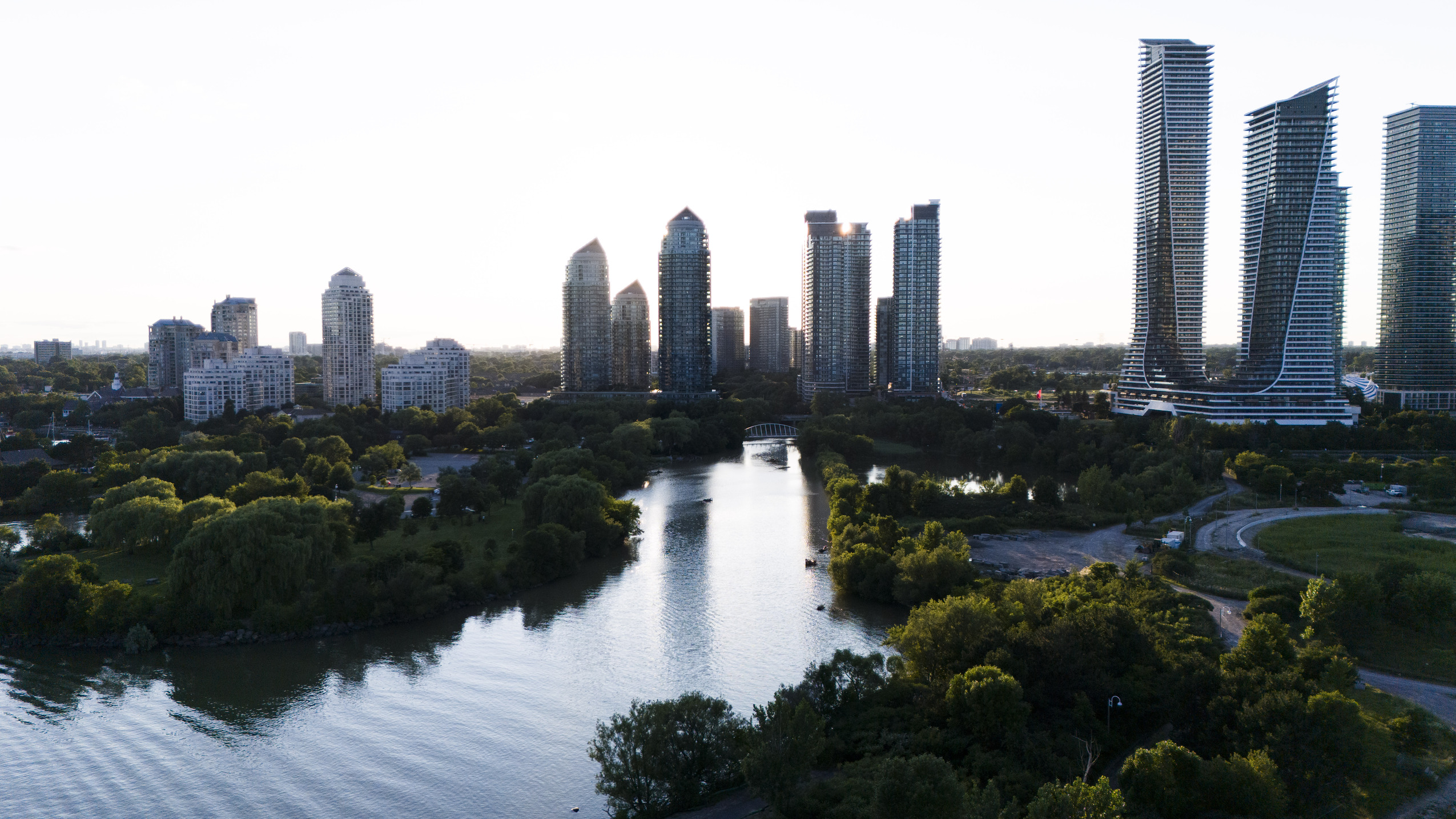

On warm summer days, Humber Bay Park is full of people walking their dogs and eating ice cream by the shore as they take in views of Toronto’s skyline. Out on the water, others paddle and ride jet skis.
It’s about 12 kilometres from Brenntag’s north Etobicoke facility, where a fire broke out in the middle of the night on Aug. 11, 2023, driving the plume of petrochemicals down Mimico Creek to these waters. The cause of the fire is still unknown. But it escalated fast, spreading from tractor trailers to the back of the building.
Brenntag is a chemical distributor, and the building housed a variety of super flammable petrochemical products — motor oil, solvents, lubricants and more. At one point, 100 firefighters were at the scene, dousing the flames with massive amounts of water.
The Environment Ministry recorded its first notes about the fire just after 3 a.m. that night, when Toronto Fire Services called to say it was worried the runoff, all of that water mixed with various petrochemicals, could be a problem.
“Toronto Fire reports they are ‘up to their shins in contaminants,’ ” a subsequent entry in the incident report reads.
The toxic runoff from the fire included petroleum hydrocarbons — an umbrella term for a variety of substances made from fossil fuels, which can cause serious health problems like cancer and neurological issues. The slurry also contained some firefighting foam, which contains chemicals called per- and polyfluoroalkyl substances, or PFAS, that come with a long list of potential health risks, like reproductive issues and cancer. Commonly known as “forever chemicals,” PFAS can linger in ecosystems for centuries.
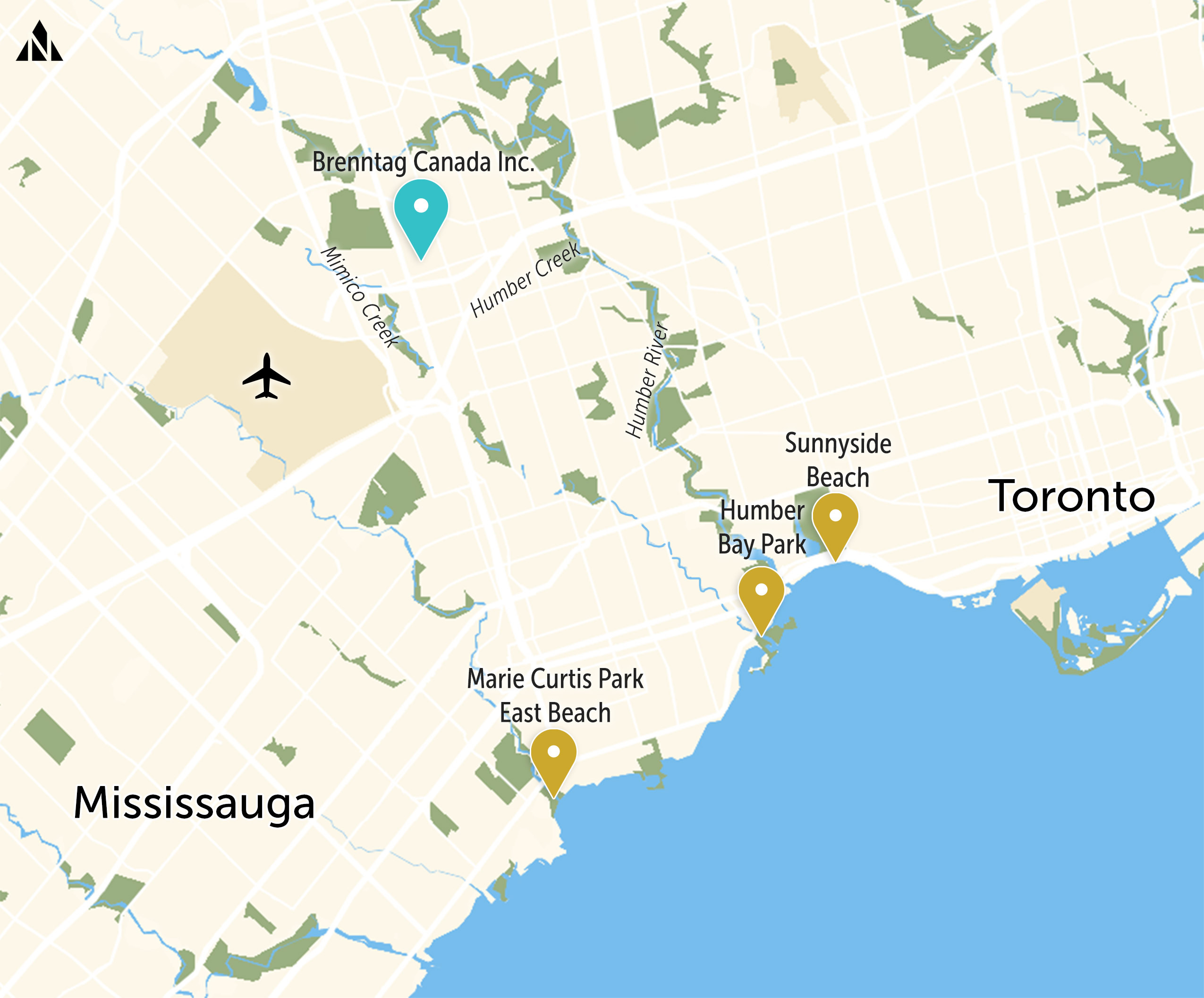
Under Ontario law, the responsibility for cleaning up hazardous spills is supposed to fall to the company that caused the contamination. In the wake of the fire, Brenntag hired contractors to contain and clean up the spill on its behalf, including waste management company GFL Environmental. Crews from GFL and Toronto Water — the City of Toronto department that oversees drinking water and sewers — were at work on the Brenntag spill within hours, racing to figure out where the sludge was going, and stop it.
The Ministry of the Environment is supposed to oversee that process and step in if companies don’t fulfill their obligations. Staff at its Spills Action Centre, a 24-7 hotline, pen an incident report when calls about a pollutant being released into the environment come in. Depending on the situation, staff also sometimes keep a log of the spill response and ensuing cleanup. It isn’t a complete list of everything that happens with a specific spill, but it does provide a snapshot.
The Brenntag spill was a challenge to tackle in the first place. The fire that started it was massive, and it took days for firefighters to extinguish hotspots and flare-ups in the smoldering wreckage. Each time they had to use more water, more contaminated runoff would flow downstream, a side effect that was unfortunate but unavoidable. The incident report mentions one flare-up happening as late as Aug. 19, 2023, eight days after the fire started.
It’s also a tricky landscape to work within, surrounded by urban development, ranging from industrial sites to quiet neighbourhoods.
As the sludge spread downstream in the hours after the fire started, it left a trail of death in its wake. The spill killed thousands of fish, 10 ducks, a mink and a beaver, according to the Toronto Wildlife Centre, and many more had to be rehabilitated.
At one point, a tipster called the ministry to report a “thick, coffee-coloured slick” at Tom Riley Park along Mimico Creek, measuring about 15 by six metres. (The caller, who was noted in the incident report as being a ministry employee, has the same name as a long-time ministry spokesperson.)
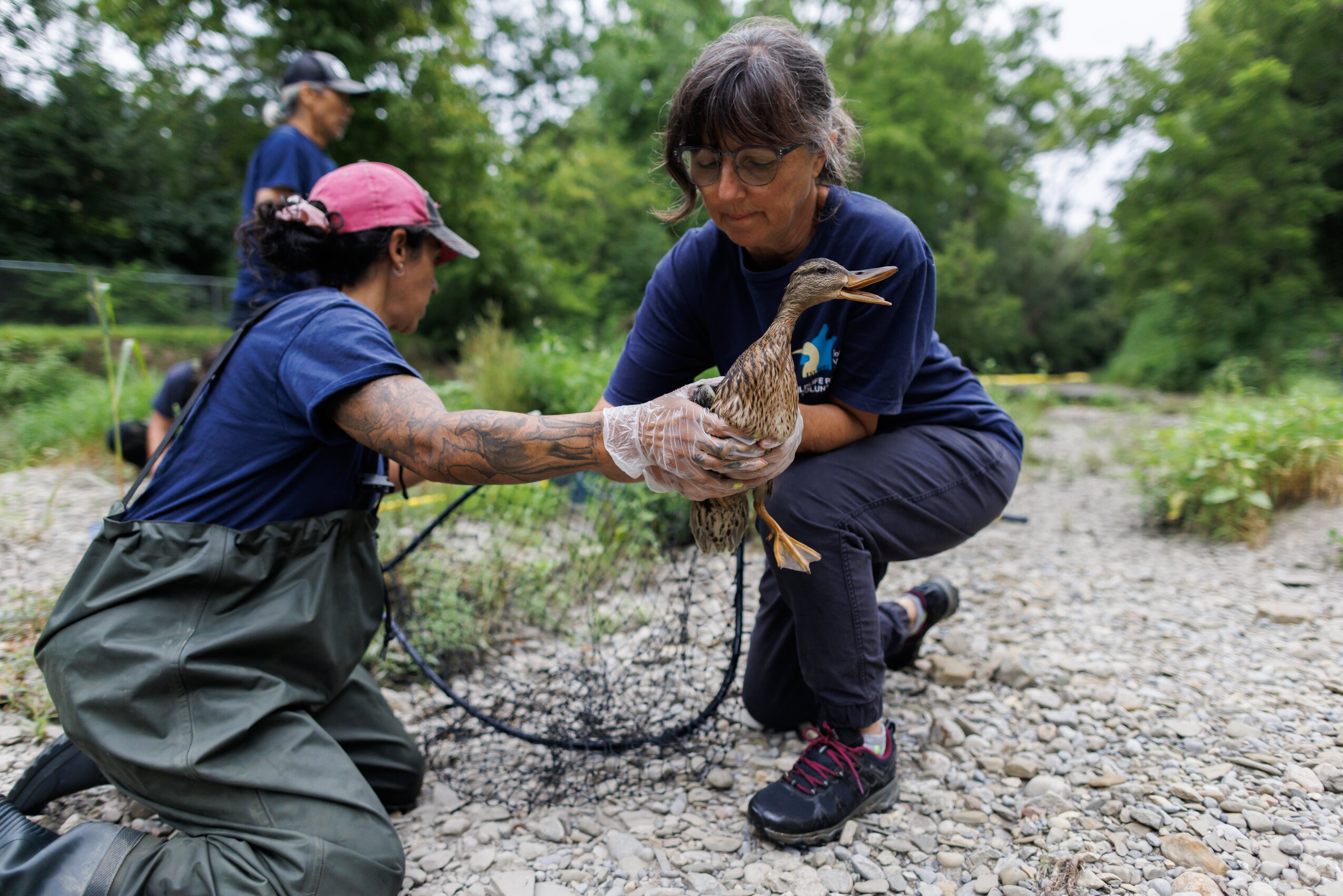
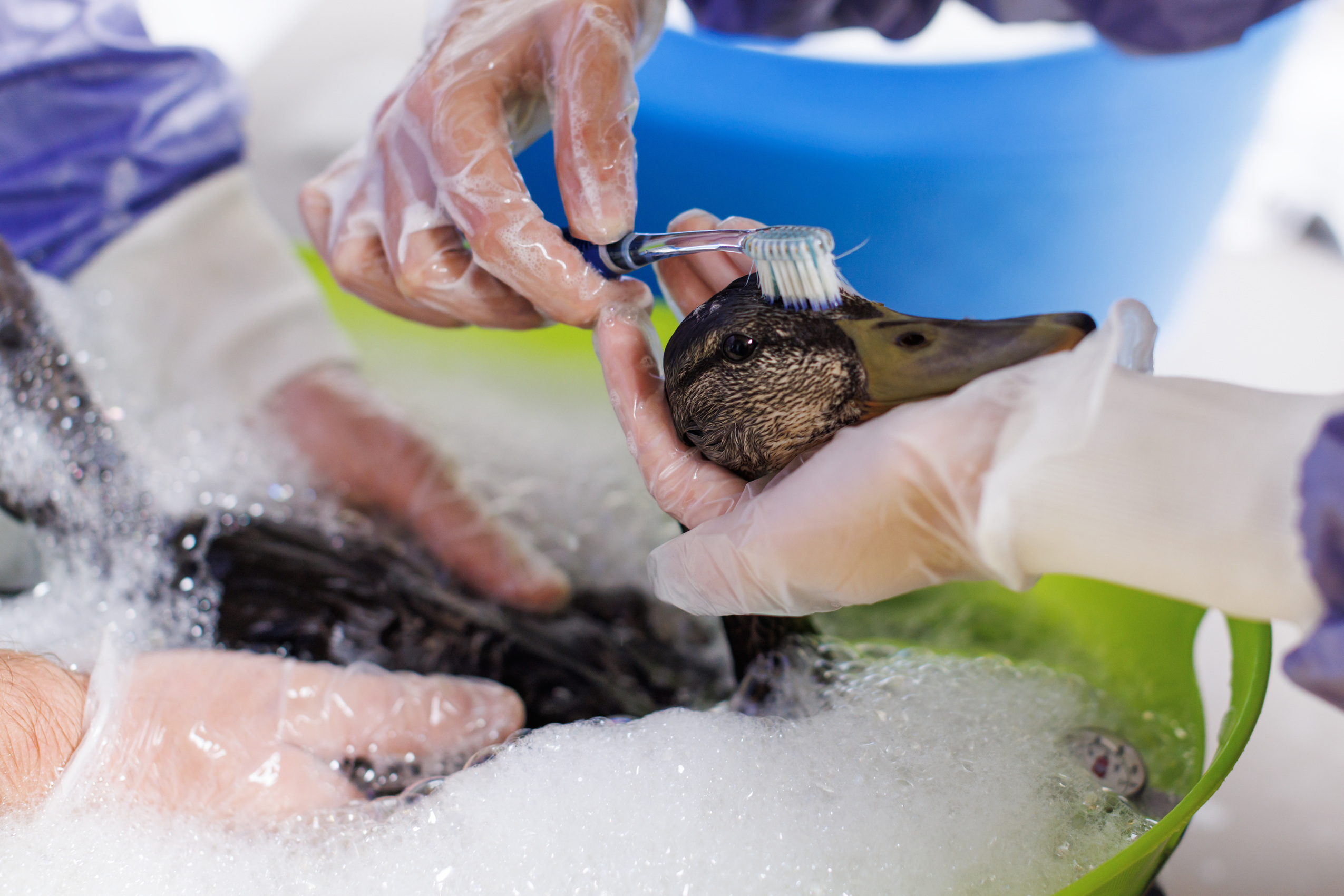
Before the spill overflowed into the lake, it oozed for kilometres along Humber and Mimico creeks, a path that took it through public parks and golf courses. As they went, the slicks attracted some media attention, and both provincial and municipal officials gave statements saying cleanup was in progress. But they didn’t issue warnings to tell people to stay away from the water.
While swimming isn’t allowed at Humber Bay Park, people do it anyway. On a recent visit, The Narwhal saw a few people dunking their heads in the water. There are also popular swimming spots to either side, at Sunnyside Beach and Marie Curtis Park. Sunnyside Beach had problematic levels of the bacteria E. coli the week of Aug. 18, 2023, and was marked unsafe for swimming until two days after the containment breach, according to public data posted by the City of Toronto. Marie Curtis Park’s beach was marked as safe.
Later, when the slurry made it to Lake Ontario, the Environment Ministry still did not issue any public warnings about the spill at Humber Bay Park, nor did it notify swimmers along any of Toronto’s western beaches.
The ministry didn’t answer questions about why it didn’t tell the public about the spill impacting creeks and the lake. In its November 2023 report, however, it said the “oil slurry material” stayed contained within the Humber Bay Park area of Mimico Creek and was collected by Aug. 21, 2023.
“Ministry staff confirmed that although a sheen was visible by drone, the oil slurry had not reached the open water of Lake Ontario,” the report said. “Plume modelling undertaken by [Environment and Climate Change Canada] confirmed the drone observations.”
Environment and Climate Change Canada said its modelling indicated the spill likely wouldn’t impact the shoreline. Such modelling has “inherent uncertainties,” the department said in a statement, as they are “simplifications and approximations of reality” that can be flawed if the data used isn’t accurate.
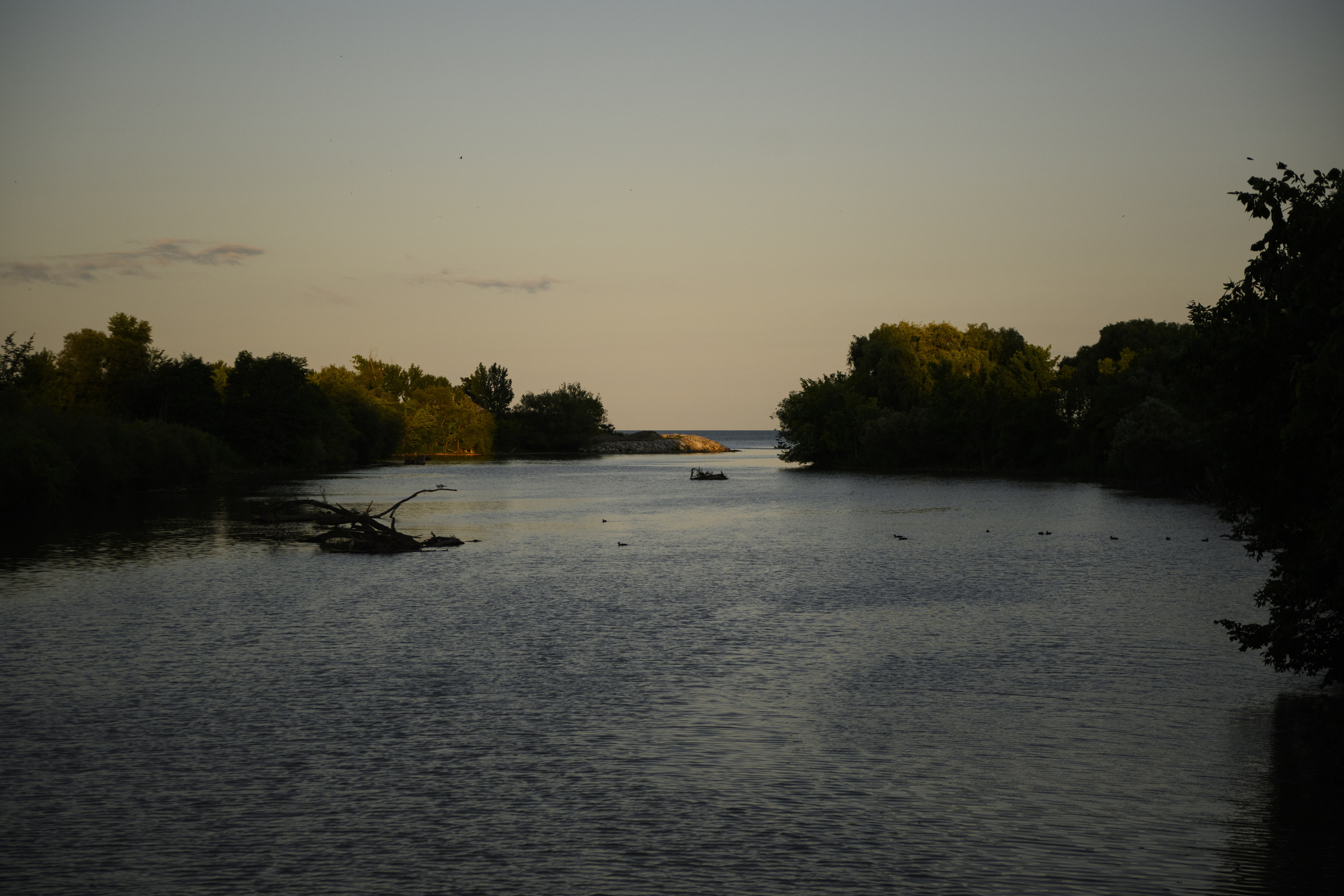
“Spill models have repeatedly proved to be a powerful tool for aiding response to environmental spill emergencies,” the statement said.
“Under circumstances where the model outputs do not match the on-site observations, spill response decisions are made based upon the real-world observations and not the model outputs.”
For those on the ground, there seemed to be much more than a sheen on the water. “It was awful … it was a very thick layer of sludge, a couple inches of just solid sludge on top of the creek,” Asrani said. “Calling it a spill is an understatement, it was kind of like an environmental disaster.”
Still, Asrani said, governments didn’t publish basic information about the spill — why it was able to travel so far along Mimico Creek and into Lake Ontario, how the contaminants in the water might affect health and safety and what the long-term environmental impacts might be.
“It certainly is not good enough,” she said. “The public has a right to know what’s going on in their own backyard, in their own neighborhood.”
A lack of public information about hazardous spills is a common problem in Ontario, the province’s auditor general found in 2021. The Environment Ministry doesn’t publish timely information about the roughly 8,000 hazardous spills that happen in the province every year. The data it does eventually make public isn’t enough, the auditor general said, leaving out the specifics of where exactly spills happen, and what their impact on human health and the environment might be. A 2023 follow-up audit found the government had made little progress to fix those problems.
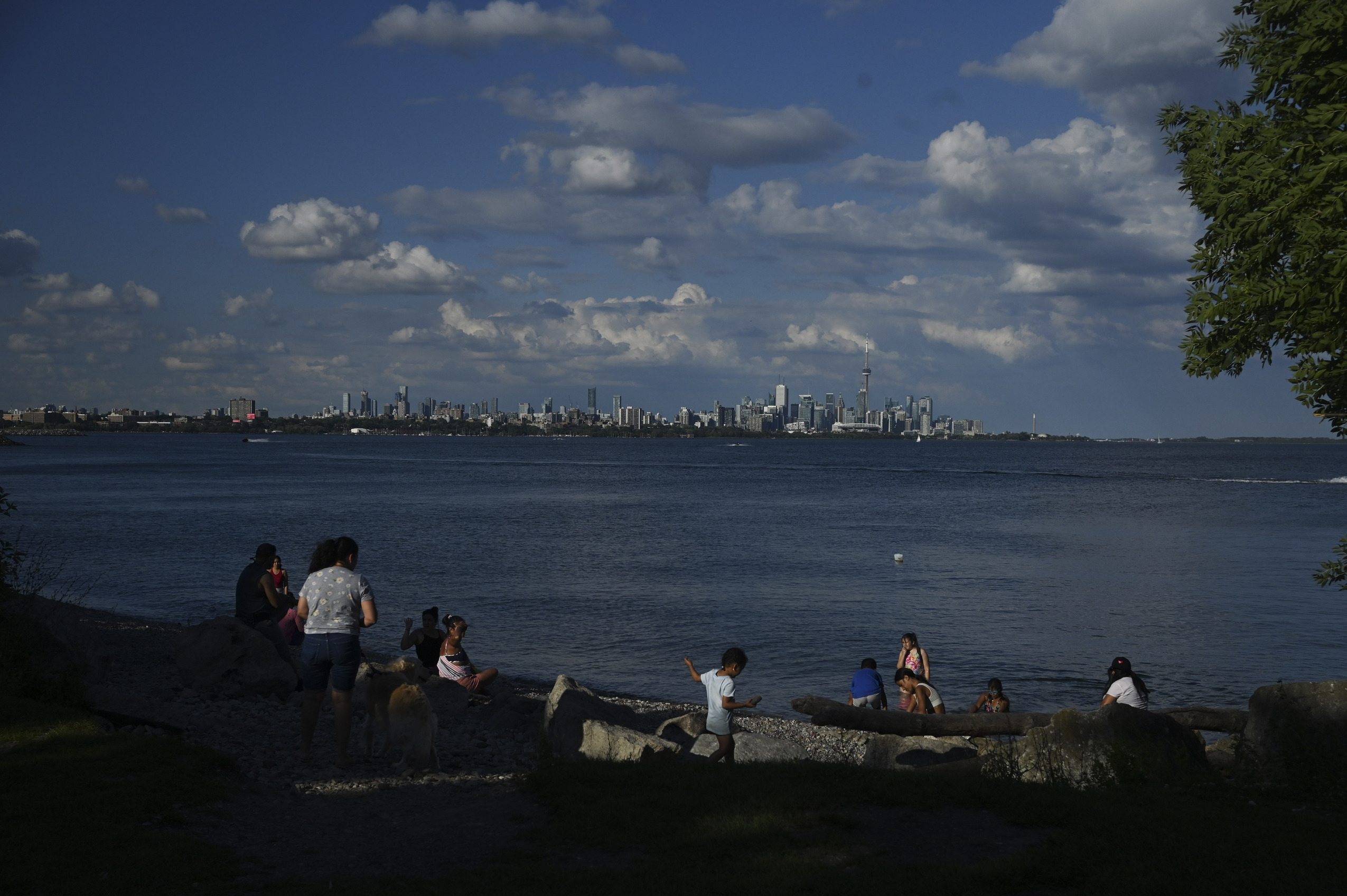
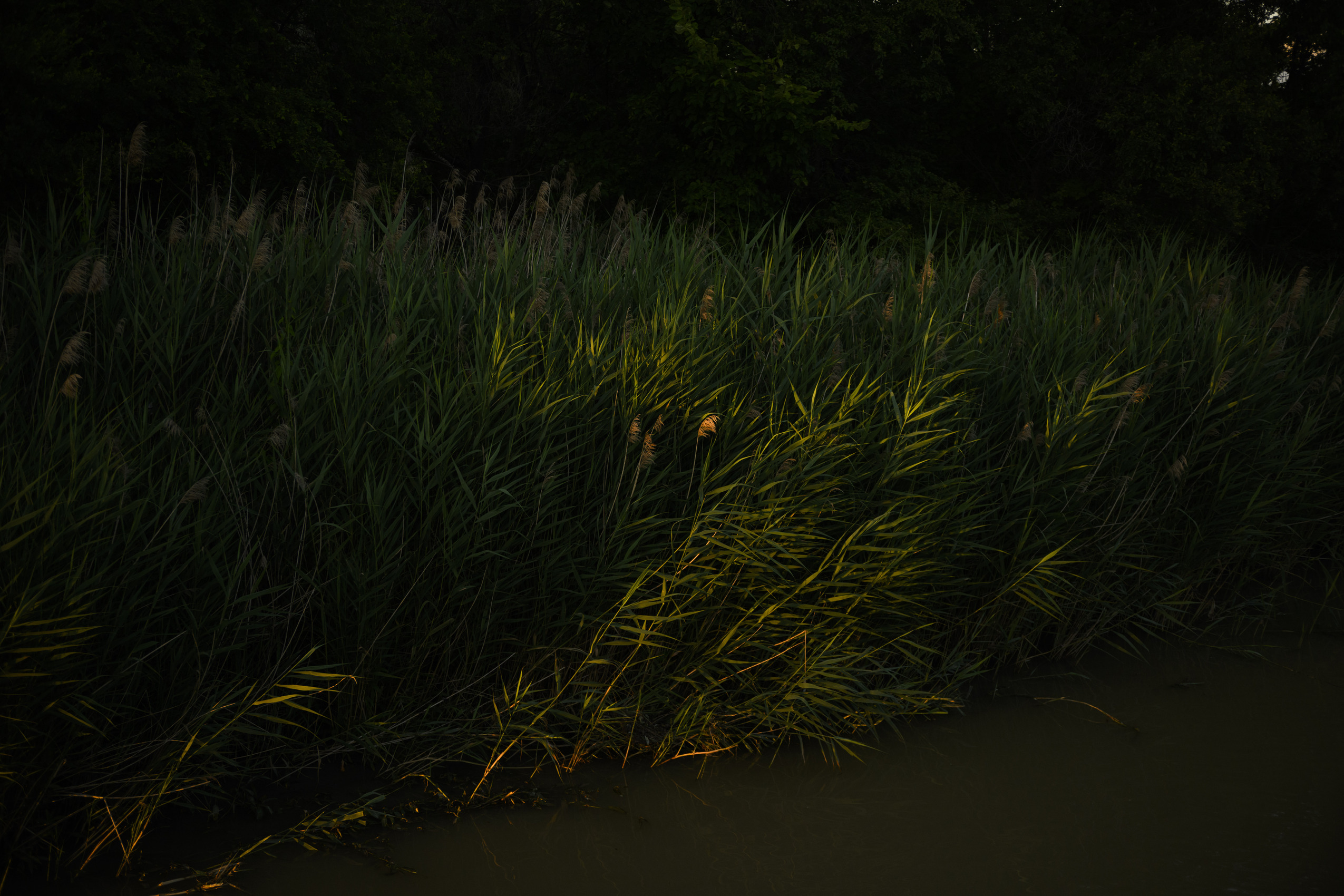
In the absence of warnings from the province, the City of Toronto and Toronto Public Health didn’t issue any public warnings about the Mimico Creek spill either.
The City of Toronto did not answer questions about why it didn’t share more information with the public. Spokesperson Russell Baker said in a statement that the city cannot comment on “records held by or statements made by” the Environment Ministry and redirected questions to the province.
“The [ministry] led the response effort,” Russell said, adding that the city “worked closely” with other government agencies to respond to the spill.
Toronto Public Health spokesperson Chris Wai said the agency consulted with the Environment Ministry and “other stakeholders,” and found no need to issue public health warnings. “It was determined that there was no significant public health risk at any of the nearby beaches, and no risk to the city’s drinking water supply at any time,” Wai said in an email.
In a statement, Brenntag spokesperson Robert Reitze said the company co-operated completely with authorities and created a hotline to answer community questions and concerns about the spill. The number was posted on signs in public places.
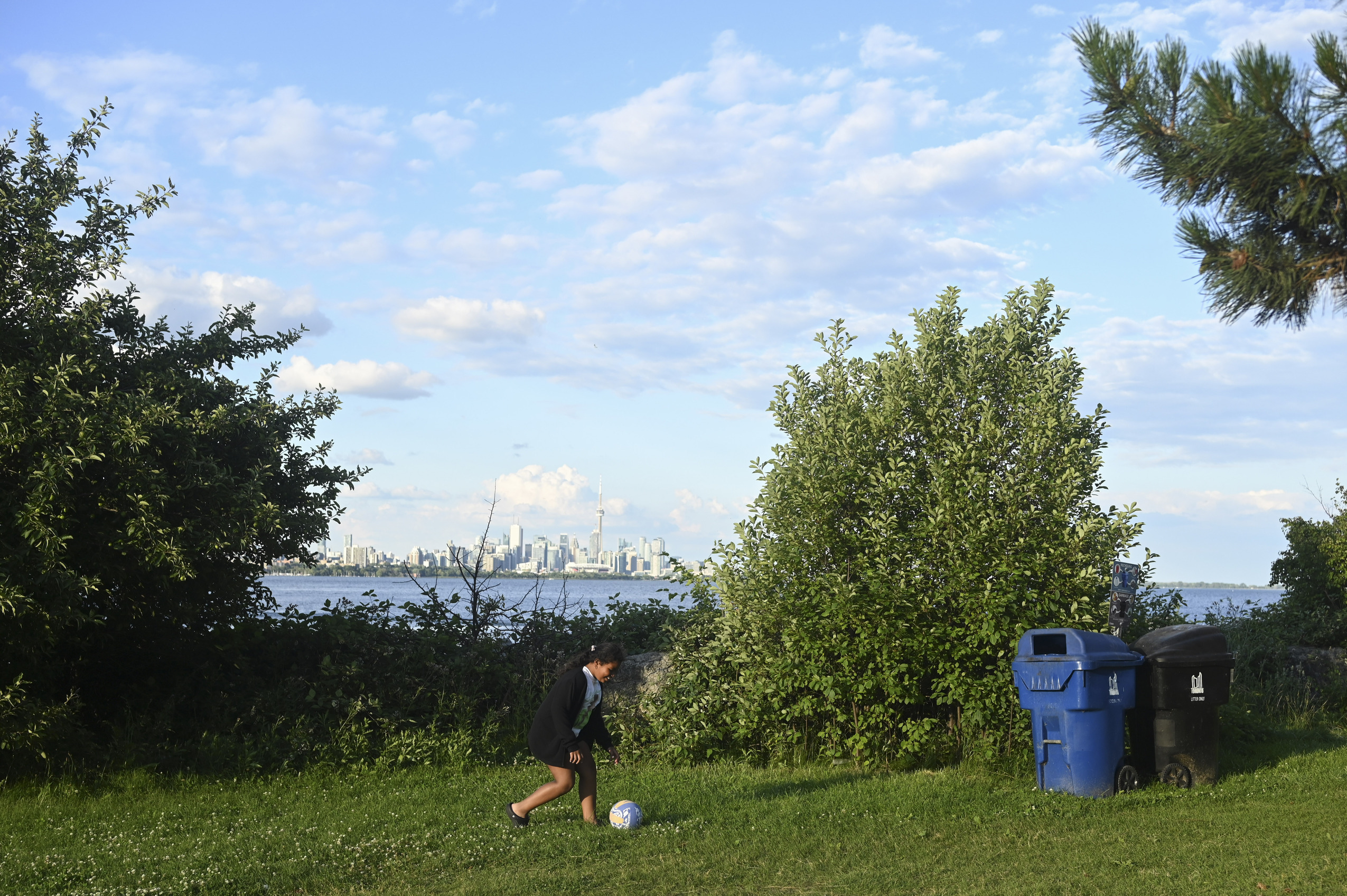
The incident report indicates Brenntag put up the signs on Aug. 22, 2023, 11 days after the incident began and four days after the spill reached Lake Ontario.
Someone should have done more, Wallis told The Narwhal.
“People have a right to know if there are potentially toxic or hazardous chemicals in the water body they’re maybe planning to swim in or canoe in,” Wallis said. She remembers visiting the area around the time of the spill and finding people playing with their pets, one dog splashing in the contaminated water.
“When I told them that there’d been a spill here, they were surprised. They didn’t know.”
The city councillor for the area, Amber Morley, told The Narwhal she plans to work with municipal staff to ensure the city learns from the Brenntag spill and is better prepared for future events.
‘Our residents deserve to have confidence that emergency procedures are being followed and appropriate safety measures are being put in place during incidents like this – and that when things don’t work as planned, we learn from it and update our procedures,” Morley said.
“This is only possible with open and transparent communication.”
Contrasting information around the Brenntag spill was just one of the problems documented in the incident report.


Problems arose on that first day of the cleanup, Aug. 11, 2023, when GFL staff failed to install booms and hay-bales along Humber Creek to soak up the oil, as the ministry had instructed them to do. “GFL admitted to forgetting and is currently arranging crews to attend,” the incident report reads. There were two other occasions where GFL didn’t keep up its commitments, according to the incident report.
GFL president Patrick Dolvigi, who is listed as the media contact on the company’s website, didn’t respond to detailed questions from The Narwhal about the incident report.
Brenntag didn’t directly answer when asked if it was satisfied with GFL’s work on the spill, but in an email, Reitze said GFL’s crews worked around the clock in the wake of the incident.
“The cleanup work along the creeks and lakeshore was always responsive to changing conditions,” Reitze wrote.
The incident report obtained by The Narwhal also shows moments where government agencies were difficult to get ahold of or slow to act, hampering the response to the spill.
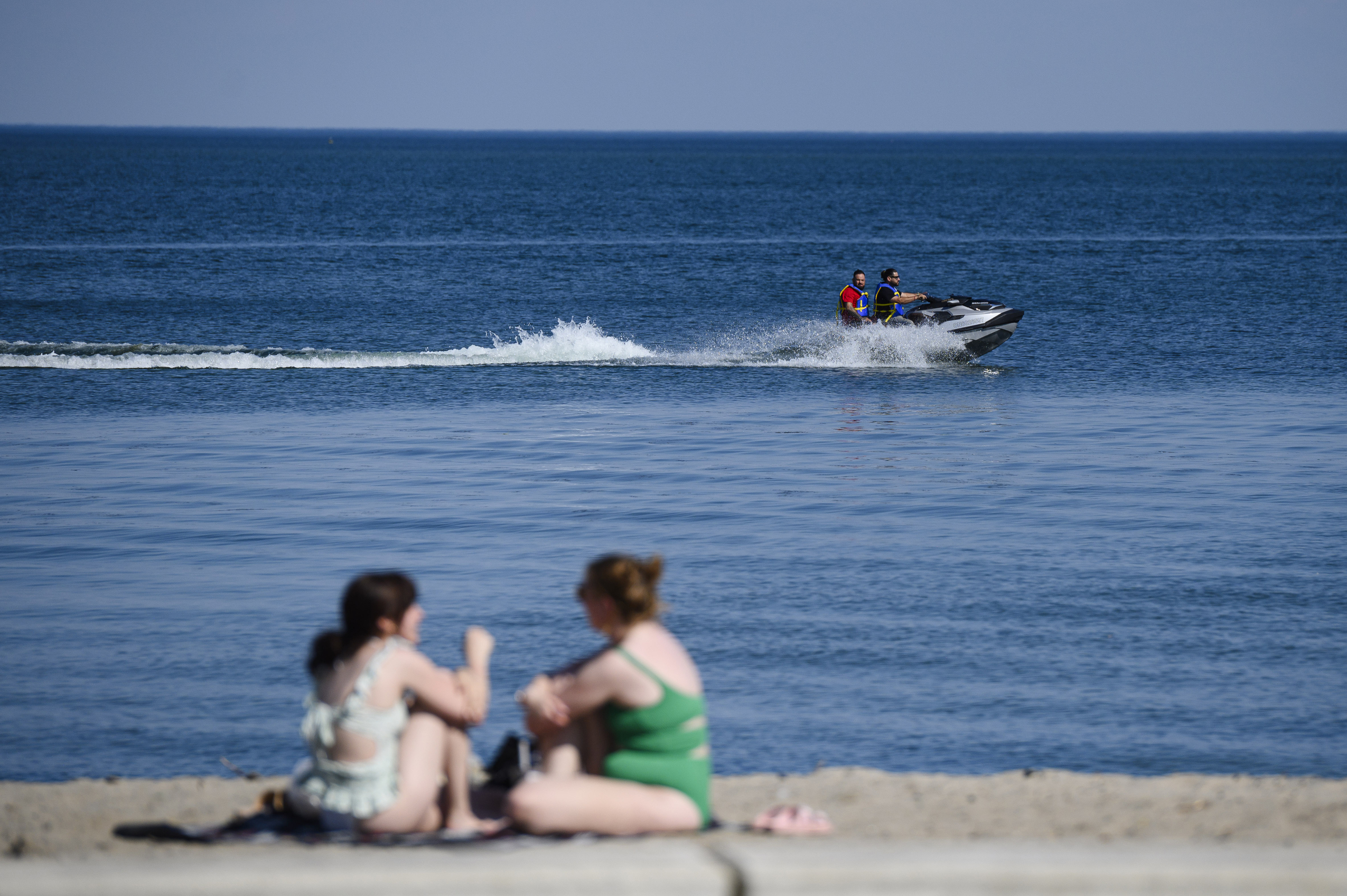
Four days after the spill started, on Aug. 15, 2023, Toronto Water also failed to install dams, which the Environment Ministry had instructed it to do. That allowed contaminated material to keep gushing down Humber Creek, so the ministry asked GFL to take over the task. “It is evident that Toronto Water is failing to do the things they were directed to do,” the incident report said.
The City of Toronto didn’t answer questions about Toronto Water’s role in the response.
Twice during the week of the spill, the ministry asked Toronto Police Services to help with traffic control around cleanup work. Once, the police declined, saying the service was too busy. The second time, police put the Spills Action Centre on hold — after 15 minutes, the ministry staffer who called hung up.
Toronto police spokesperson Stephanie Sayer said the service received over 6,500 calls for help the day of the Spills Action Centre’s first call, making it busier than average.
“Although we strive to assist our partner agencies when requested, responding to urgent policing calls takes priority, and we are receiving and attending more emergency calls than ever before,” Sayer said.
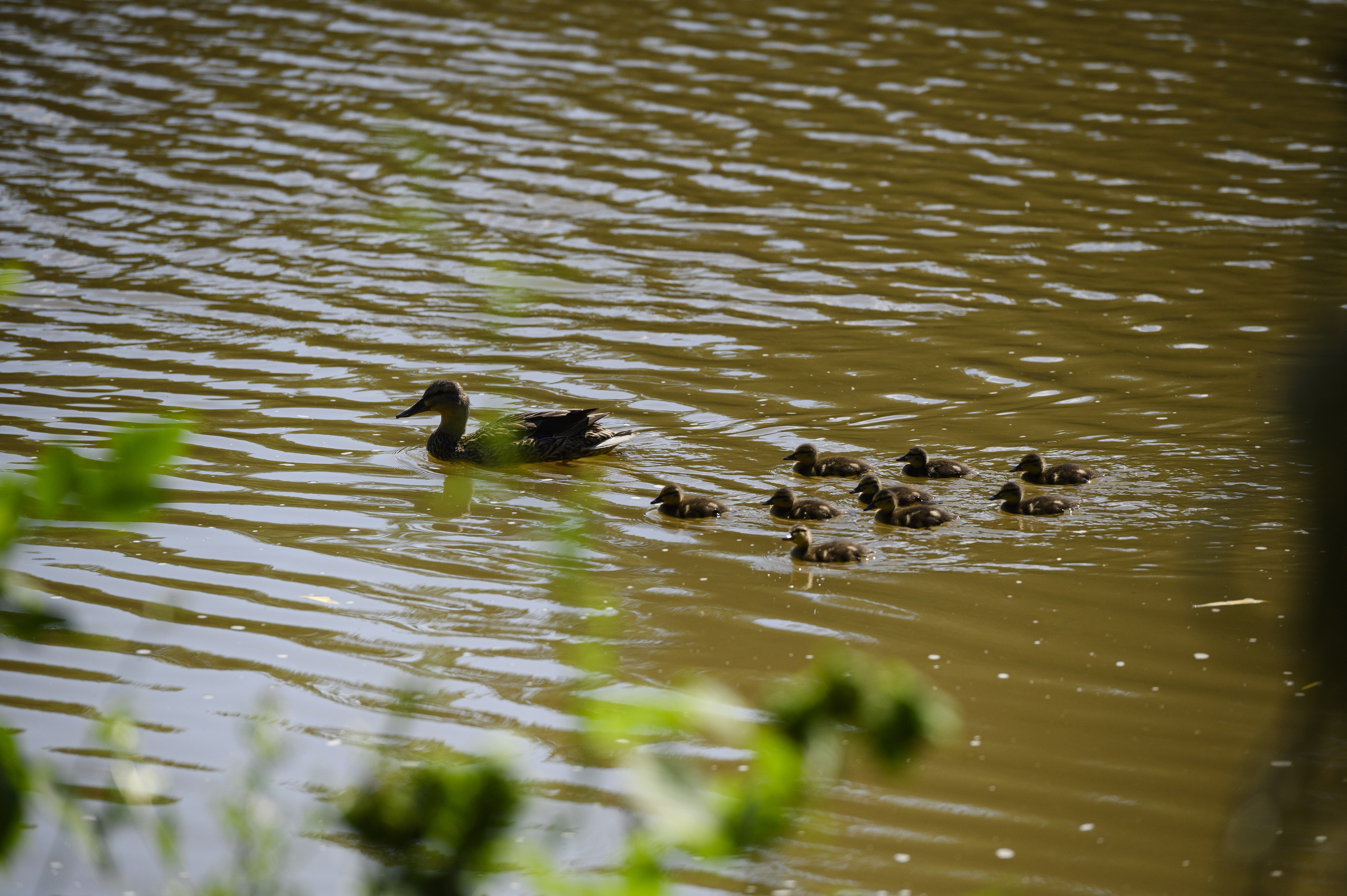
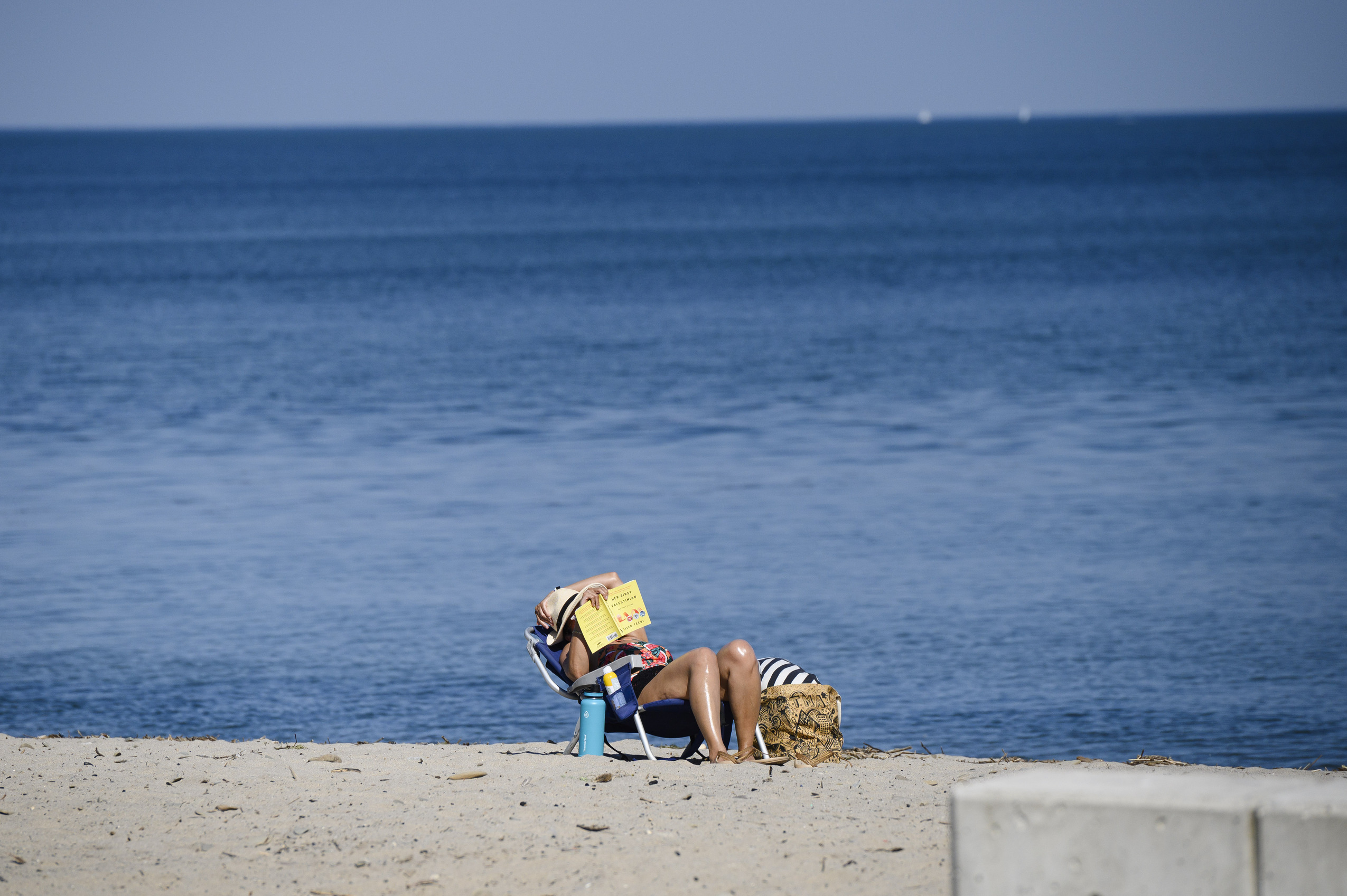
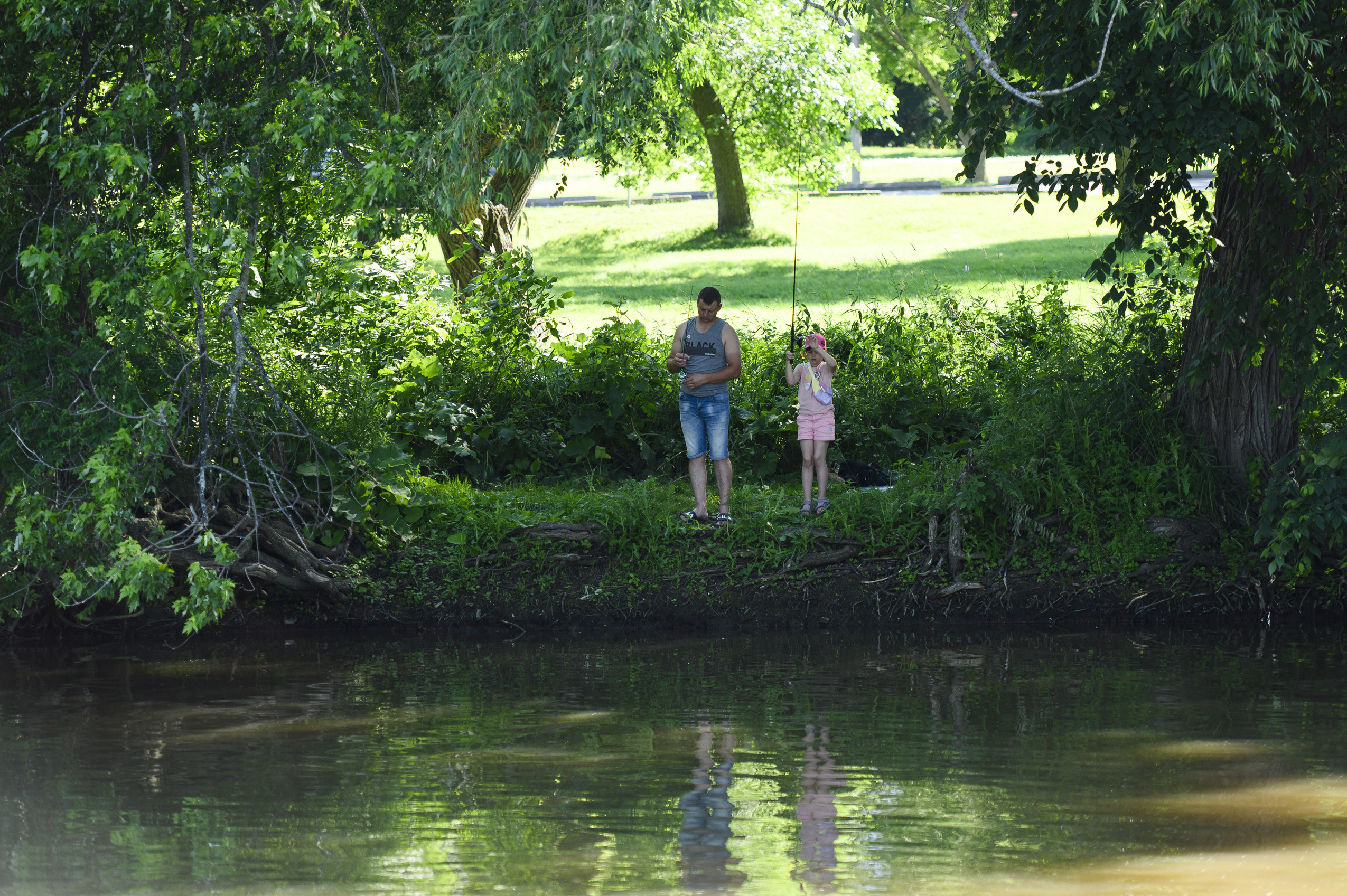
Later, when oil was spilling into Lake Ontario, the Spills Action Centre tried calling Toronto Public Health to brief the agency four times — they were left on hold twice, left two voicemails and sent one email before getting a reply. All told, it took more than an hour.
Wai said that falls within Toronto Public Health’s standard timeframe for a response, and there’s “no indication of a procedural lapse.” The ministry briefed Toronto Public Health — which had already been involved in discussions about the spill since Aug. 13 — about the breach as a “routine precaution,” and so the agency could be included in a meeting later that day, Wai said.
In the end, like the Environment Ministry, the health agency decided not to issue a public warning.
“Run-off material that had escaped containment on August 18 was monitored closely by drone and boats and contained/captured quickly,” Wai said.
On Aug. 19, a Saturday morning, the Spills Action Centre had to get assistance from Toronto Parks and Recreation to block off parts of Humber Bay Park, where a farmers’ market and boat users were getting in the way of cleanup.
The City of Toronto didn’t answer questions about why the park wasn’t proactively closed off after the spill, but said questions should be directed to the Environment Ministry.
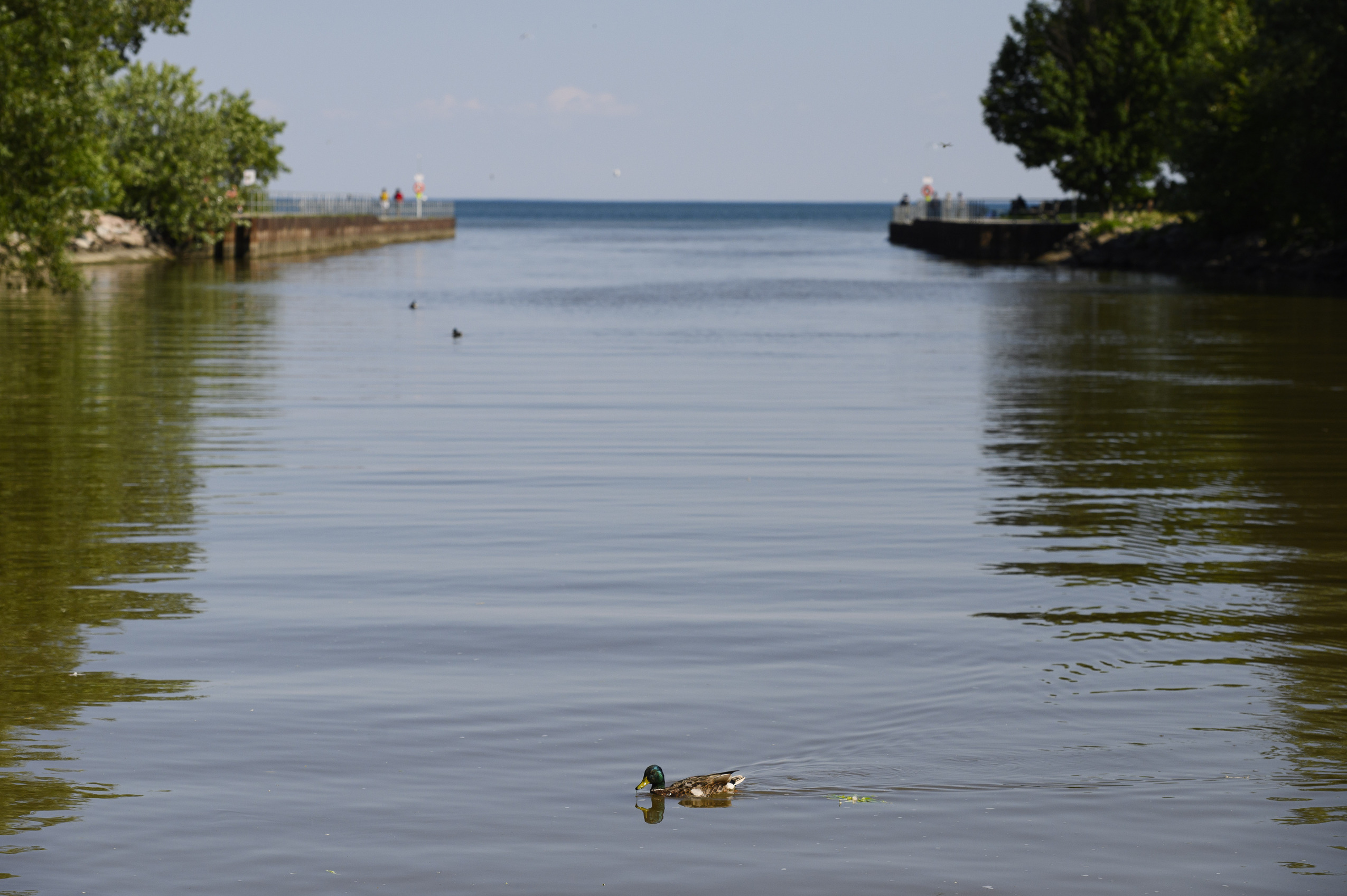
Wallis said the response to the spill should have worked better. There are plenty of industrial sites within the Mimico Creek watershed, and accidents happen.
“Even if nothing could have been done to prevent the spill from happening in the first place, I think that there should have been a much more agreed upon kind of response plan,” Wallis said.
The Brenntag spill wasn’t the first in the area — another spill not involving the company happened on Mimico Creek in 2015. And earlier this year, an oily sludge of unknown origin spilled into neighbouring Etobicoke Creek, prompting another large cleanup.
The level of risk in the region, as developed as it is, means the province and municipalities need to have better plans for protecting waterways and for responding when spills happen, Asrani said.
“It’s just not good enough,” she said. “This cannot be our response, because it’s costing us when it comes to the health of our waterways.”

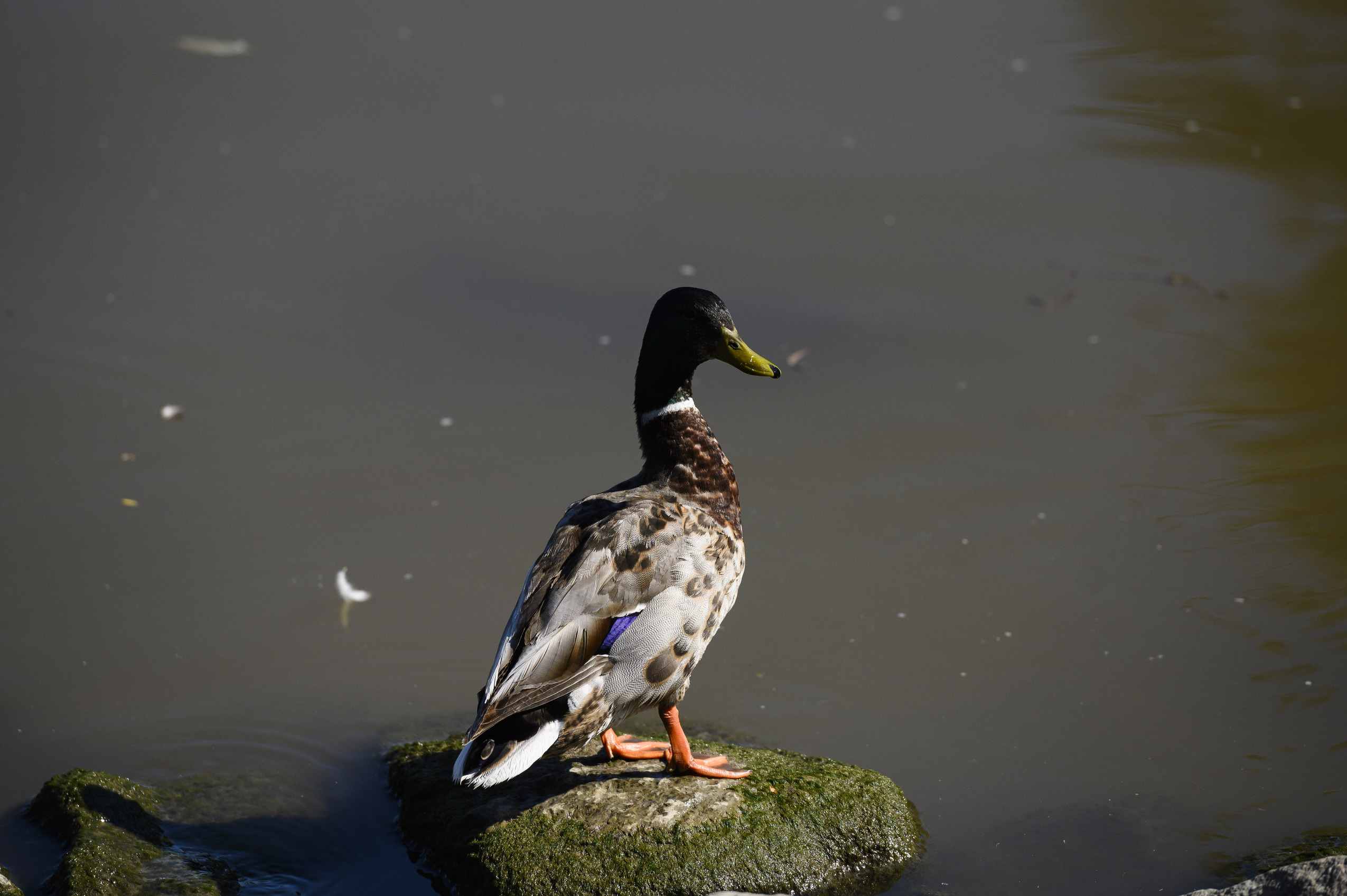
Today, Humber Bay Park looks and smells clean on the surface. A pedestrian bridge stretches over the mouth of Mimico Creek — from it, herons can be seen fishing in the evening while ducks dabble nearby.
Reitze told The Narwhal cleanup work wrapped up on Dec. 8, 2023, and that Brenntag has a restoration plan in place. That plan includes “surface-water sampling and the assessment of potential impact of the cleanup on vegetation, and analyses of aquatic life,” he said. It also includes field surveys in 2024 and monitoring through 2025, according to the ministry’s report from last November.
“Brenntag Canada is continuing to cooperate with the Ministry of the Environment, Conservation and Parks on this work,” Reitze added.
In its latest annual report, Brenntag said the fire at its Etobicoke facility cost the company 27.3 million euros (roughly $40.7 million), of which 8.2 million euros (about $12 million) was covered by insurance payouts. The company didn’t answer when asked how much of those costs were related to the environmental cleanup.
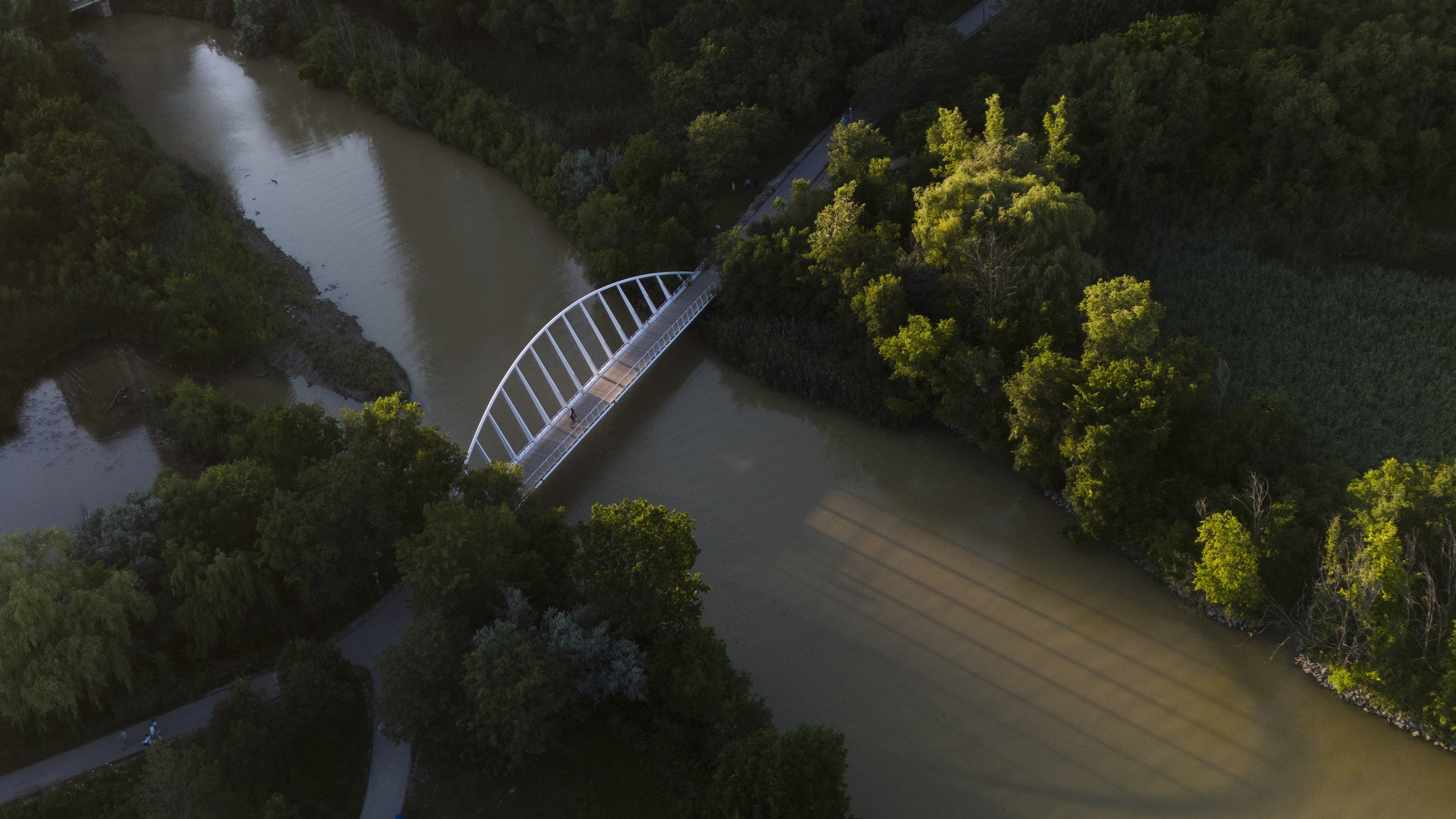
The Environment Ministry didn’t respond to questions from The Narwhal about the status of the cleanup. But in its public report about the spill from November 2023, the ministry said it planned to verify the effectiveness of the response through visual observations and environmental testing, among other things.
“If additional cleanup work is required, the ministry will ensure Brenntag begins it immediately,” the November 2023 report said.
Wallis said the details in the incident report make her worry the spill will never truly be cleaned up. Oil mixed into the water column of the lake would be nearly impossible to remove, becoming diluted but still there.
“This evidence really, I think, questions the feasibility of whether a thorough cleanup was even possible,” she said of the incident report.
“I think our water bodies really deserve better.”
Get the inside scoop on The Narwhal’s environment and climate reporting by signing up for our free newsletter. On a warm September evening nearly 15...
Continue reading
Between a fresh take on engagement and our new life on video, our team is...

The public has a few days left to comment on Doug Ford’s omnibus development bill....

115 billion litres, 70 years to fix, $5.5 billion in lawsuits
